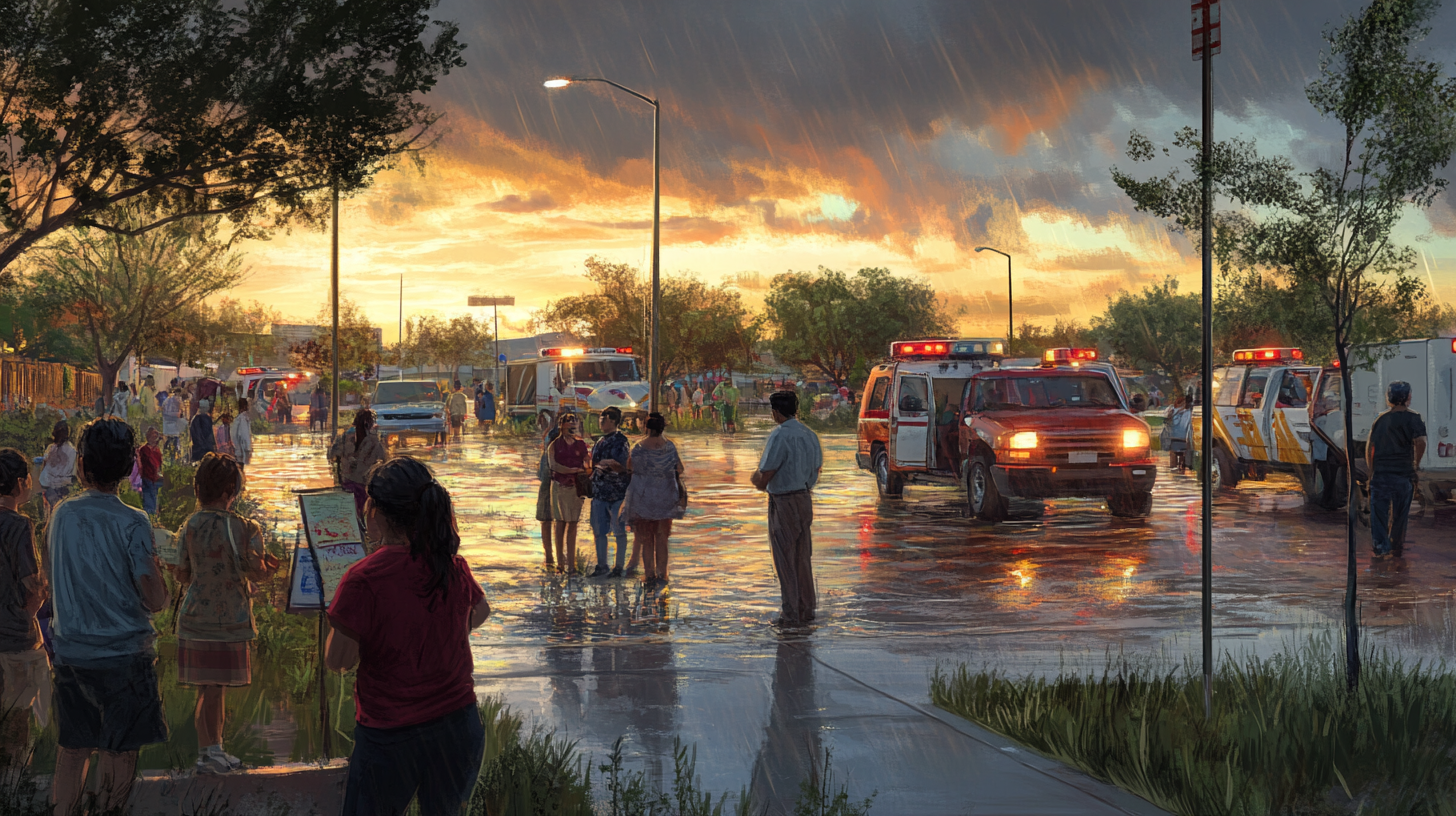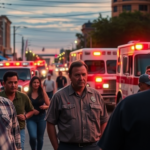Severe Weather Forces School Closures and Delays Across Rio Grande Valley
As severe weather lashes the Rio Grande Valley, significant disruptions are being reported across multiple counties. School closures and delays highlight the gravity of the situation, with local communities bracing for continued impact. This weather event underscores ongoing challenges in South Texas, particularly affecting education, infrastructure, and daily life for Valley residents.
Widespread School Disruptions
Torrential rains and flooding have prompted several educational institutions and school districts to cancel or delay classes. Among these, South Texas College and the University of Texas Rio Grande Valley have suspended all activities on March 28. Furthermore, numerous school districts within Cameron and Hidalgo counties, including Brownsville ISD, Harlingen CISD, and Edinburg CISD, have also announced closures. School boards are prioritizing the safety of students and staff, mindful of the hazardous conditions during this period.
In conversation with RGV Local News, Maria Gonzalez, the superintendent of McAllen ISD, reinforced this stance: “Our primary concern is the safety and well-being of our students. In light of the severe weather warnings, we’ve made the difficult decision to close our schools to avoid unnecessary risks.”
Current Weather and Emergency Advisories
The National Weather Service has issued flood warnings for Cameron, Hidalgo, and Willacy counties, cautioning against avoidable travel until conditions improve. As of the latest reports, nearly 6,000 residents are experiencing power outages, exacerbating the challenges faced by individuals and families in the region. The Texas Department of Transportation (TxDOT) is actively urging drivers to avoid flooded roads, highlighting safety as a priority.
“Driving in flooded conditions can be life-threatening,” stated TxDOT spokesperson Tom Hernandez. “We’re asking all residents to stay informed and follow detour recommendations. It’s not worth the risk.”
Community Impact and Response
The repercussions of this spell of severe weather extend beyond immediate safety concerns. Valley residents are reminded of the importance of disaster preparedness, with local authorities facilitating initiatives to assist affected individuals. Disaster declarations have been signed across the region, enabling assistance through state and federal channels.
Alongside emergency measures, a sense of community resilience is evident. Local organizations and volunteers are mobilizing to support those in need, providing temporary shelter and distributing essentials like food and water to vulnerable populations.
Maria Lopez, a community volunteer in Harlingen, shared her experience: “Our community always comes together in times of need. It’s heartening to see everyone support each other—whether offering a meal, a listening ear, or just showing up to help.”
Looking Ahead: Recovery and Resilience
With current forecasts predicting ongoing adverse weather patterns, RGV residents are advised to remain vigilant. This situation further underscores the need for resilient infrastructure and proactive community planning to mitigate future impacts. Efforts such as reinforcing drainage systems and emergency preparedness programs are critical for enhancing the region’s resilience.
Additionally, the educational sector’s response highlights a broader commitment to ensure that disruptions do not impede academic progress. Remote learning alternatives are being explored for continuity, echoing adaptations observed during pandemic-related closures.
“In these times, adaptability is vital,” explained Dr. Carmen Perez, an education expert at UTRGV. “Ensuring students can continue learning, even amid disruptions, is essential for minimizing long-term impacts on educational outcomes.”
Engaging Valley Residents: A Call to Action
Community involvement remains a pivotal element in navigating the current crisis. Valley residents are encouraged to stay informed and lend support where possible. Information about resources and safety advisories is available through various local channels, ensuring that everyone has access to critical updates.
For real-time information, residents can tune into KRGV broadcasts or access the KRGV First Warn 5 Weather app. Engagement with local networks and authorities via social media platforms also helps maintain a flow of communication, enabling timely updates and fostering community solidarity.
Final Thoughts
As the Rio Grande Valley navigates these challenging weather conditions, local efforts underscore the resilience and determination of its communities. While the immediate priority is public safety, the collective response sets the stage for future discussions around infrastructure improvements and disaster preparedness strategies in South Texas. The resolve and support evident among Valley residents offer a glimpse of hope amid adversity, reinforcing the spirit of unity that defines this vibrant region.







